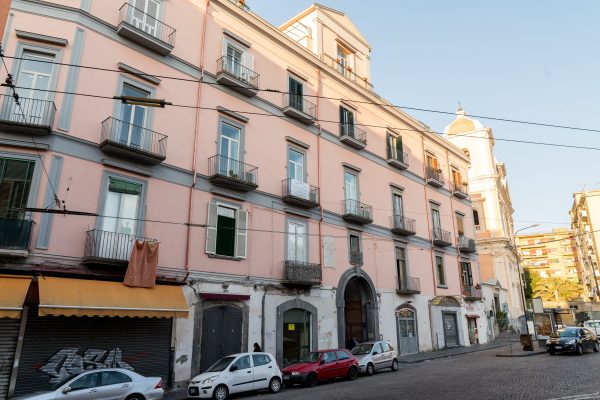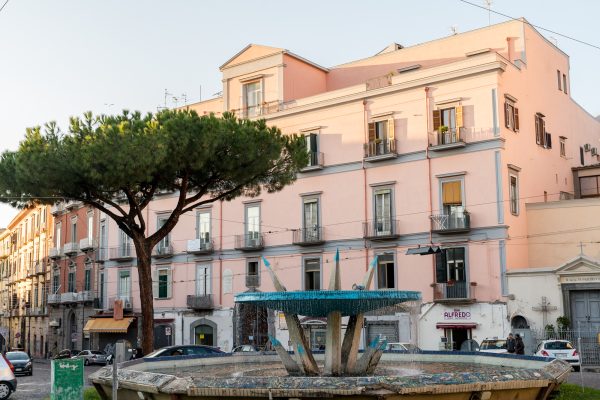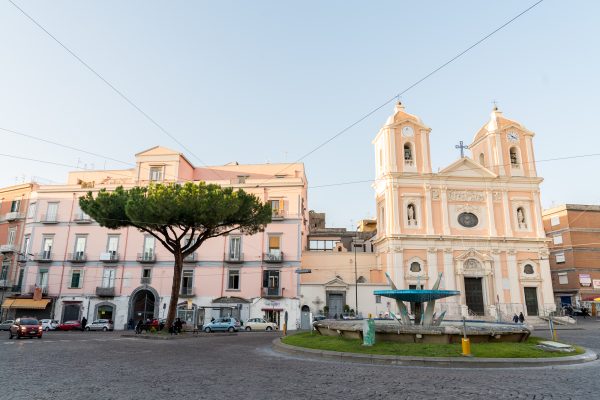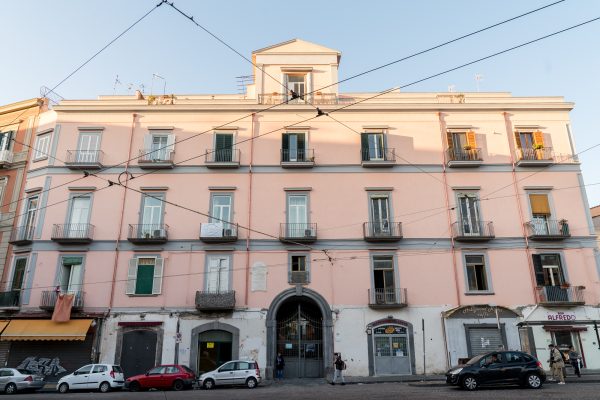The town of Portici presents many reminders of its past, starting from the Royal Palace, erected in 1738 by the will of Charles III of Bourbon, fascinated by the beauty of the places and from the proximity to the archaeological site of Herculaneum and all its wonders. The descent to the sea, the woods, the English gardens, the frescoes rooms, the royal chapel are all worth a visit. Today the palace hosts the Faculty of Agriculture of the “Federico II” University of Naples. The palace and its woods are easily reachable from the B & B Notti Vesuviane and can be the destination of a pleasant walk. Those who love walking can walk to the Vesuvius, the archaeological excavations of Herculaneum and the nearby virtual archaeological museum, just over two kilometers away; the lazy ones can take the bus from Piazza San Ciro.
The beauty of the places and the freshness of the air, in addition to the royal family, attracted also many other families of the Neapolitan nobility, who began to build their magnificent villas along what it’s called the “Miglio d’oro” for the presence of many gardens rich in lemon trees; So in Portici we can find villas Savonarola, which hosts some municipal offices, Maltese, Mascabruno, Caposele, Menna, Fernandes, Macolo, Bideri and more. Many of these buildings, such as Villa D’Elboeuf, are in a state of severe deterioration, others are not accessible because they were converted into apartments, but a walk along the city streets still allows you to observe some jewels of the 18th century architecture.
Not far from the Royal Palace, below the National Railway Station, which was the end of the Naples-Portici line, the first Italian railway, there is the octagonal Bourbon port of Granatello, around which there are many bars and restaurants, centre of the night life of the town.



